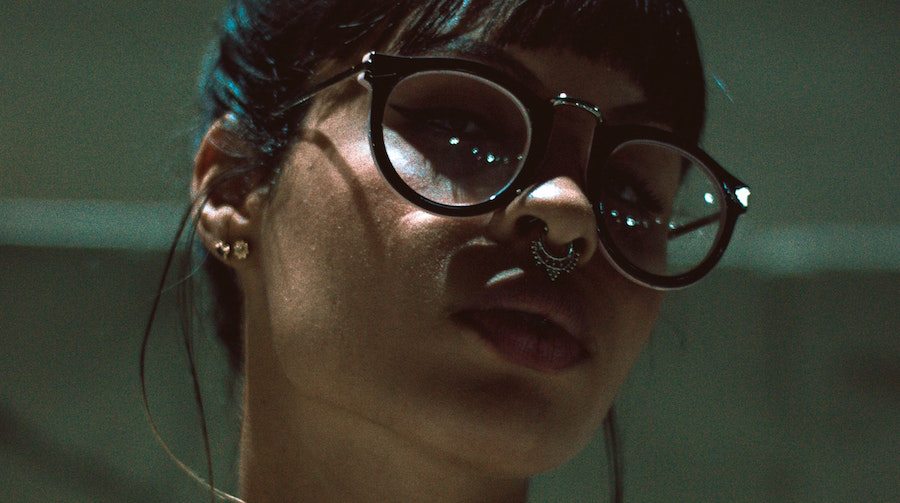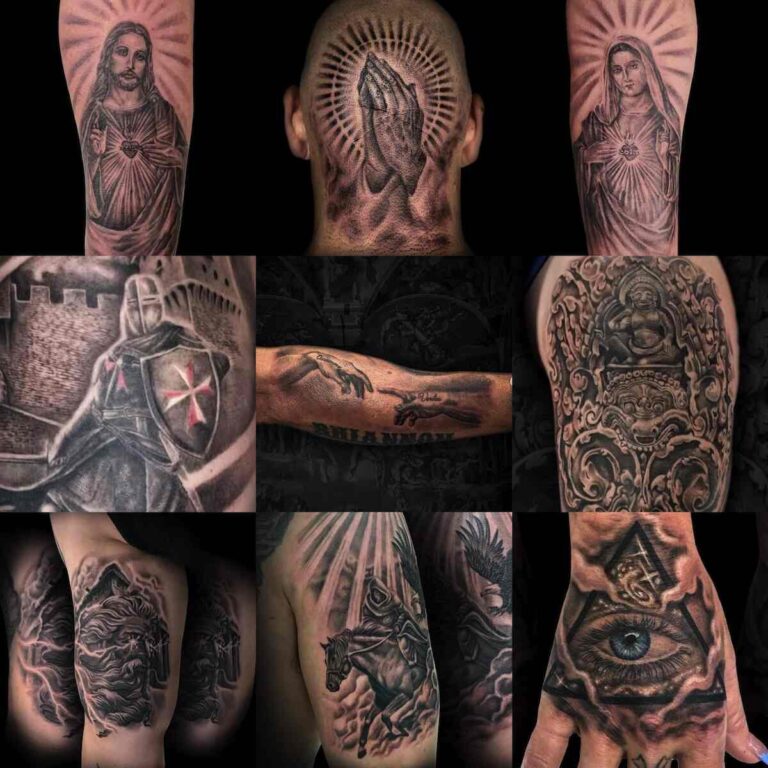
Ears, check. Now where should you get your next “first” piercing? It’s a question that everyone who wishes to expand beyond the lobes and upper ear cartilage struggles with. And like with a first tattoo, placement plays an essential role in the experience, aftercare, and overall satisfaction. Given that Adrenaline boasts premier piercing studios in Greater Vancouver and Toronto, both of which accept walk-ins, we know what you’re going through. Today, we’re going to take a look at the most popular first-time body piercing zones so that you can make a more confident decision about the placement of your own.
*Disclaimer: Pain threshold, recovery time, reaction to body jewelry, and risk of rejection varies by person. If you have any any blood borne diseases, illnesses, or a strong history of keloids, inform your piercer.
5 Parts of the Body You Should Consider for Your “First” Piercing and What You Need to Know
1. Nose
No bones about it, next to ears, the nose is the second most popular place to get pierced. For some, it’s a religious practice and for others it’s statement making and/or for pure aesthetics. Whichever the case, a professional nose piercing looks hot and is common enough that it won’t get dirty looks from your grandma or boss.
What about the pain? While everyone’s tolerance for pain is unique, getting pierced on either nostril is more painful than getting it done in the ear lobes, but more similar to ear ear cartilage because the needle travels through very similar tissue. Many people report that septum (the middle which separates the left and right airways in the nose) piercings are more painful than nostril piercings, however, this is often the case when a piercer has missed the “sweet spot” in the septum, a membrane of skin up from the cartilage of the nose. That why it’s important to visit a professional piercing studio that is backed by numerous favorable client testimonials and reviews.
A nose piercing typically aches for a over a week after the procedure, and healing (usually 8-12 weeks) will be completely contingent upon the aftercare you afford it. Be sure to follow the explicit cleaning and care instructions provided your professional piercer, and avoid anyone with a cold immediately before and after getting pierced – stuffy noses (mucus) and new piercings don’t go well together! Be sure to remove a nose ring (if you had one placed after healing) before participating in close contact sports/activities as a ripped out hoop will be much more painful than the initial procedure.
2. Eyebrow
Eyebrow piercings are another great looking yet somewhat subtle gateway into body piercing. They can be done anywhere along your brow, although they are commonly found at the outer edge.
The eyebrow piercing procedure is normally less painful than the ears, with recipients reporting that it’s not that dissimilar to eyebrow plucking (assuming thick eyebrows). After the procedure, your brow will experience mild swelling and slight bruising
Aftercare for a new eyebrow piercing is essentially the same as it is for every other type of piercing – so simply follow the instructions provided to you at the studio and you’ll be ready to wink without discomfort in no time at all. Full healing takes about 6-8 weeks but it’s not uncommon to be in the clear before.
3. Lip
A lip piercing is a bit bolder aesthetically, but also makes for a great after-ear entry into the world of body piercing, and looks great with either a captive bead ring (CBR), circular barbell, or labret stud. In most cases, lip piercings are not actually done through the lip (pretty heavy for first-timers), but are instead placed through the skin immediately above the upper or below the lower lip. Four common types of lip piercings include the following:
- Horizontal Lower Lip Piercing – A piercing beneath the lower lip which runs horizontally to the ground.
- Labret Piercing – A piercing located directly under the center of your lower lip and decorated with stud jewelry.
- Medusa Piercing – A piercing located directly over the center of your upper lip and decorated with stud jewelry.
- Monroe Piercing – mimics a Marylin Monroe type upper lip mole.
There are certainly other forms of lip piercings and combinations that have affectionate monikers including angel bites, canine bites, cyber bites, snake bites, spider bites, and beyond, but the above four bullet points are more common to beginners.
Given that lip piercings are both internal and external, after-care is a two step process that your piecer will walk you through. There is one unique word of caution when it comes to lip piercings. Since the piercing extends into the oral cavity, there is a risk to teeth and gums at the point of impact. Moving forward, be extra diligent about your dental hygiene and monitor your teeth for a loss of enamel, which will be made notable by sensitivity and discoloration, while also checking for gum recession in the area of your piercing. Those with an oral fixation may opt out of a lip piercing if they are concerned about their dental health.
4. Nipples
Ouch? Yes, it hurts quite a bit BUT nipple piercings (barbells or hoops) are great first-time body piercing for adventurous souls that prefer to keep their body jewelry out of the public eye, for now.
The good news about the procedure pain, is that it’s very fleeting, followed by about a week-long period of tenderness and some minor bleeding. That being said, a nipple piercing can take a long time to heal given that it frequently comes into contact with clothing, so expect a healing period that can run anywhere between 18-weeks to 12-months. Nipple piercings also have a higher rate of rejection, so after-care is VERY important and you will want to schedule a follow-up visit with your piercer (when viable) and/or your physician to inspect for infection. Be sure to use industry leading body jewelry brands to mitigate the risk of irritation and/or allergic reaction, opting for a lightweight and nickel-free titanium.
5. Navel / Belly Button
Another literal hidden gem for first-timers to consider is a naval piercing. However, you must have the belly button anatomy for it. That’s right, not everyone is a good candidate for this procedure. People with “outies” have a greater risk of rejection because there is not enough room for the piercing to sit inside the navel without receiving pressure from the top or bottom when the candidate is in a seated or crouched position.
Those of you who are candidates for belly button piercing will be happy to know that this is one of the least painful procedures, although there may be more bleeding given the prominence of blood vessels in the area. However, the latter is of little concern with proper upkeep and care. Like with nipple piercings, you will have to be especially diligent with your piercer provided after-care instruction, and mindful of the clothes you wear. Try to minimize friction with materials that can rub up and get caught on the piercing by avoiding wools and the like until you’re fully healed, a process that typically takes about 12-week to 6-months.
While there is certainly more involved than what has been presented for each category above, the list provides you with the insight you need to make a more informed decision. View more on our body piercing services, including body jewelry brands we carry. If you have any additional questions about getting your first body piercing, and you reside within or are visiting the Greater Vancouver or Toronto area, contact a piercing studio near you.


